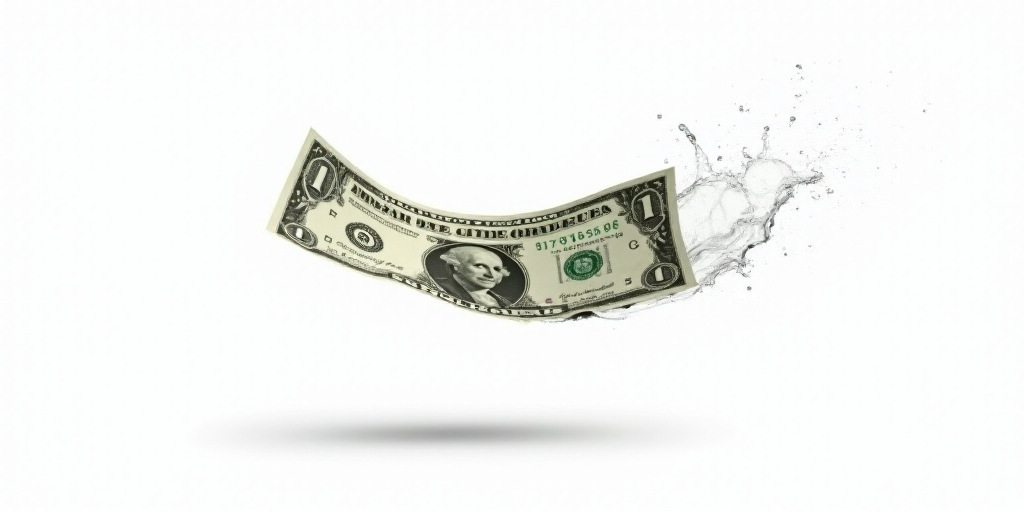Introduction
Almost five years ago, I warned that stagflation was just a broken supply chain away. Indeed, a brief episode of stagflation occurred immediately after the COVID-19 shock, as sudden spikes in inflation coincided with a weak global demand recovery. However, much like the pandemic itself, this economic disruption quickly subsided. Today, a more concerning form of stagflation looms, with potentially severe and lasting consequences for the global economy and financial markets.
The Nature of Damage: Pandemic vs. Global Trade Reorganization
A key difference between these stagflation variants lies in the nature of the damage. During the pandemic, supply chains faced strain due to significant shifts in demand: initially, people consumed more goods and fewer services during lockdowns, followed by a sharp reversal post-reopening. This led to a rapid surge in commodity prices, semiconductor shortages, and global shipping bottlenecks—accounting for roughly 60% of the US inflation increase in 2021-2022. These disruptions took about two years to dissipate, allowing inflationary pressures to ease.
In contrast, current supply chain interruptions pale in comparison to the fundamental global trade reorganization driven by Donald Trump’s protectionist “America First” policies. The US is effectively detaching from global trade networks, particularly China-centric supply chains in Asia and potentially even North American supply chains through the US-Mexico-Canada Agreement (T-MEC), often referred to as the “golden standard” of trade agreements.
Reversing Supply Chain Efficiencies
These measures will reverse the efficiencies of supply chains that, according to academic research, have reduced the US inflation rate by at least 0.5 percentage points annually over the past decade. This reversal, fueled by renewed disdain for US trade partners, is likely to be permanent. Unlike the clear resolution of the COVID-19 crisis, distrust towards the US will persist long after Trump’s departure. There won’t be a quick or easy fix this time.
Relocating production in the US won’t be seamless. Trump hails massive investment announcements by domestic and foreign companies as signs of a manufacturing resurgence, akin to a phoenix rising from the ashes. However, production platforms can’t be disassembled and reassembled like Lego pieces. In the best-case scenario, these projects take years to plan and construct before gradually coming online.
In the current climate of extraordinary political uncertainty, with tariffs and retaliatory sanctions hanging precariously on Trump’s whims, it’s likely that relocation investments will either stall or be scrapped entirely. Moreover, the rest of the world will struggle to recover from the US’s retreat from globalization and establish new supply chains.
Just as it takes time for the US to rebuild its internal capacity, other countries’ efforts to restructure trade agreements will stretch out over a long period. As global value chains reflect the efficiency of comparative advantage, this reconfiguration of production, assembly, and distribution platforms threatens to introduce new inefficiencies that will elevate costs and prices worldwide.
Politicization of Central Banking
An even more insidious ingredient in this stagflation cocktail is the politicization of central banking. Once again, the US takes the lead. Trump insists on his right to influence the Federal Reserve’s policy measures and has forcefully expressed dissatisfaction with the recent FOMC decisions to keep interest rates unchanged.
The risk is that Trump will push further against the independence of the Federal Reserve. He recently proclaimed that he could force the resignation of Fed Chair Jerome Powell, stating his “firing is urgent.” Although Trump has since retracted this threat, such a move would be consistent with his broader, apparently unconstitutional, push to expand executive authority. As part of this power grab, he has already attacked independent agencies, illegally dismissing leaders of the National Labor Relations Board, the Equal Employment Opportunity Commission, and the Federal Trade Commission for political reasons. Who can guarantee that Trump won’t reverse course and renew his attacks on Powell?
At the very least, Trump is increasing political pressure on US monetary policy precisely as inflationary pressures rise due to new supply chain disruptions. If we add Trump’s well-known preference for a weaker US dollar, the current circumstances bear an uncanny resemblance to the late 1970s, when a weak dollar and a feeble Federal Reserve exacerbated the first stagflation episode in the US. Do you recall G. William Miller, who chaired the Federal Reserve back then? That’s a painful chapter from my own experience as a Reserve Bank staff member that I’d rather forget.
The Dark Side of Stagflation: Growing Recession Risk
The other face of stagflation is the growing risk of recession in the US and globally. This traces back to the increasing likelihood of a prolonged, widespread uncertainty shock affecting both US and global economies, leading to paralysis in corporate and consumer decision-making. Trump celebrated the imposition of his “reciprocal” tariffs on April 2 as the “Day of Liberation.” For me, it was more like an act of sabotage that triggered retaliation and a probable decline in the global trade cycle. If this continues, it will be extremely challenging for the world to avoid a recession. The outcome of Trump’s agenda could be as destructive as the global trade war that began in the early 2000s following the Smoot-Hawley Tariff Act of 1930, another misguided foray into protectionism.
With US tariffs now higher than ever since 1909, it’s worth recalling the 65% contraction in global trade between 1929 and 1934. The current world might be fortunate to escape stagflation.






